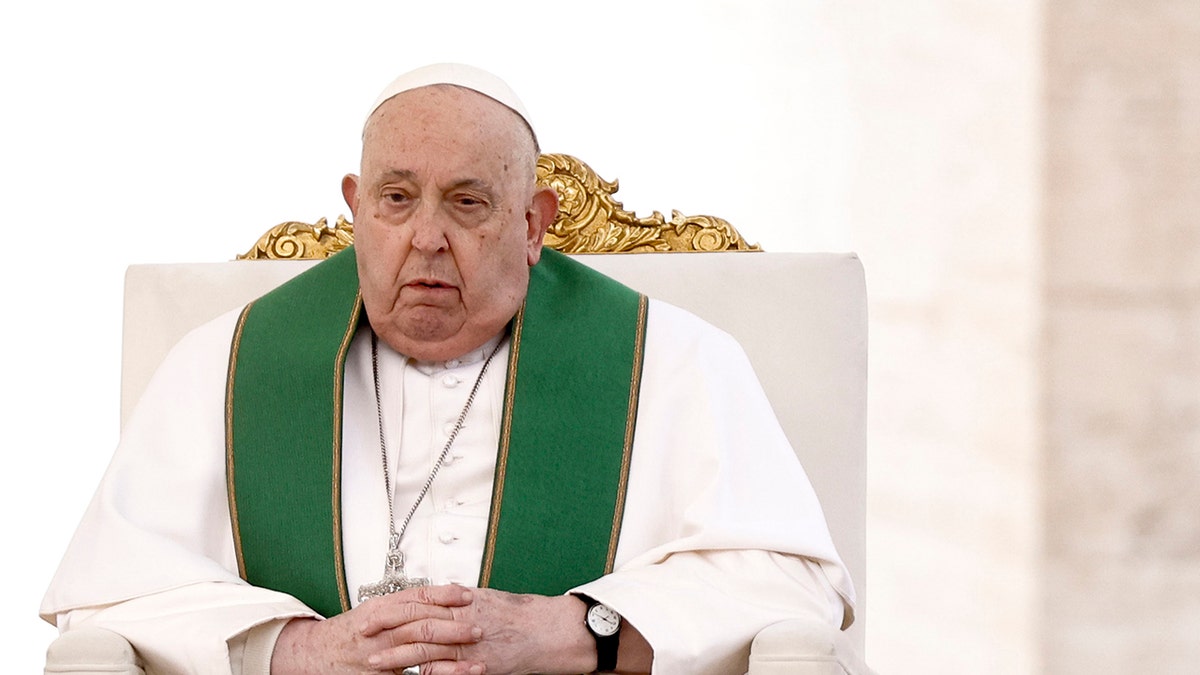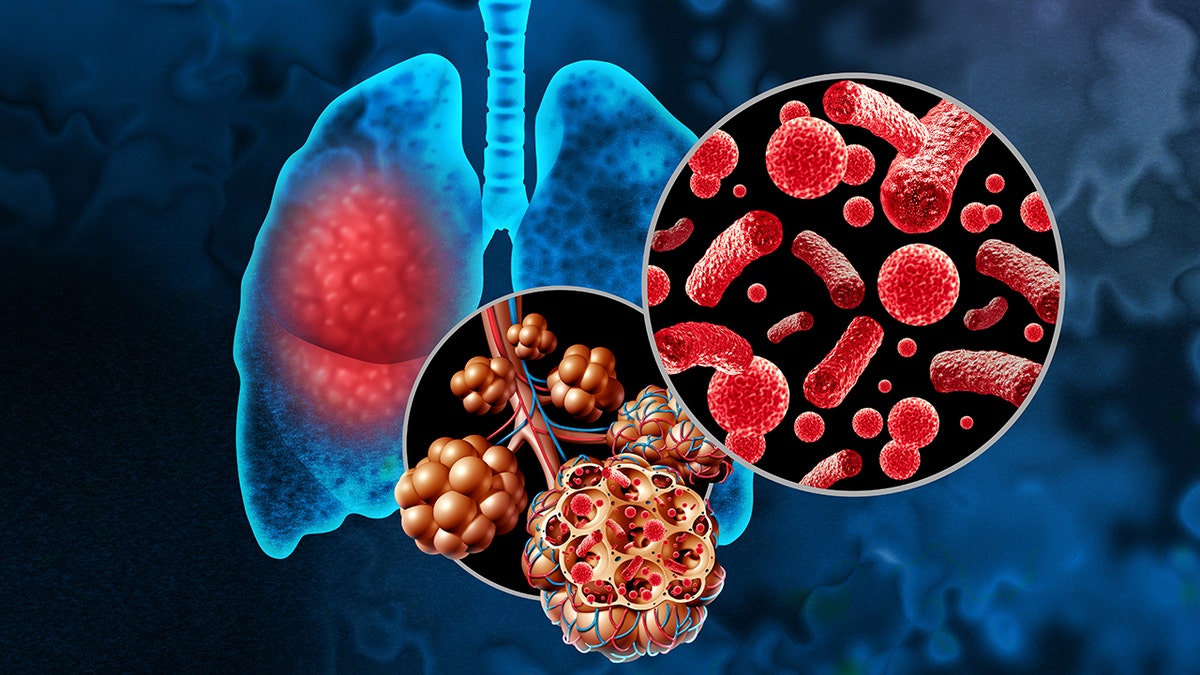Recent news of Pope Francis' bilateral pneumonia diagnosis has brought this lung condition into the spotlight. The 88-year-old pontiff's hospitalization underscores the importance of understanding this illness, particularly for older adults and those with pre-existing conditions.
The Vatican's announcement confirmed the diagnosis, revealing that laboratory tests and chest X-rays showed a "polymicrobial infection" complicating treatment. This infection, developing alongside bronchiectasis and asthmatiform bronchitis, necessitates a more complex therapeutic approach.

Pope Francis at a Mass in St. Peter's Square on February 9, 2025. (Alessandra Benedetti - Corbis/Corbis via Getty Images)
What is Bilateral Pneumonia?
Pneumonia is a lung infection triggered by bacteria, viruses, or fungi, causing lung tissue inflammation and fluid or pus accumulation. Bilateral pneumonia, often called double pneumonia, affects both lungs simultaneously.

Illustration of pneumonia in the lungs. (iStock)
Medical experts emphasize that the severity of bilateral pneumonia hinges on the individual's underlying health and immune system strength. Factors like the type of bacteria involved, such as aggressive strains like pseudomonas, strep, or pneumococcus, also play a crucial role. One significant concern is the potential for the infection to enter the bloodstream, leading to sepsis, a life-threatening complication.
Bacterial vs. Viral Pneumonia
Community-acquired pneumonia often stems from bacterial or viral infections. Bacterial pneumonia tends to be more severe. Streptococcus pneumoniae, often called pneumococcal disease, is a common culprit. Other bacteria like mycoplasma pneumoniae, Haemophilus influenza, Chlamydia pneumoniae, and Legionella (Legionnaires’ disease) can also cause this condition. Antibiotics are the standard treatment for bacterial pneumonia.

A doctor examining a lung X-ray. (iStock)
Viral pneumonia can result from viruses like the flu, common cold, COVID-19, and respiratory syncytial virus (RSV). This type usually resolves on its own. Less frequently, fungi (molds) or protozoa can cause pneumonia.

Pope Francis during the weekly General Audience on February 12, 2025. (REUTERS/Ciro De Luca/File Photo)
For the elderly, like Pope Francis, bilateral pneumonia poses a greater threat. His previous bout with pneumonia and subsequent lung scarring further complicate his recovery. This case highlights the increased vulnerability of older individuals to respiratory infections and the potential for more severe outcomes.








